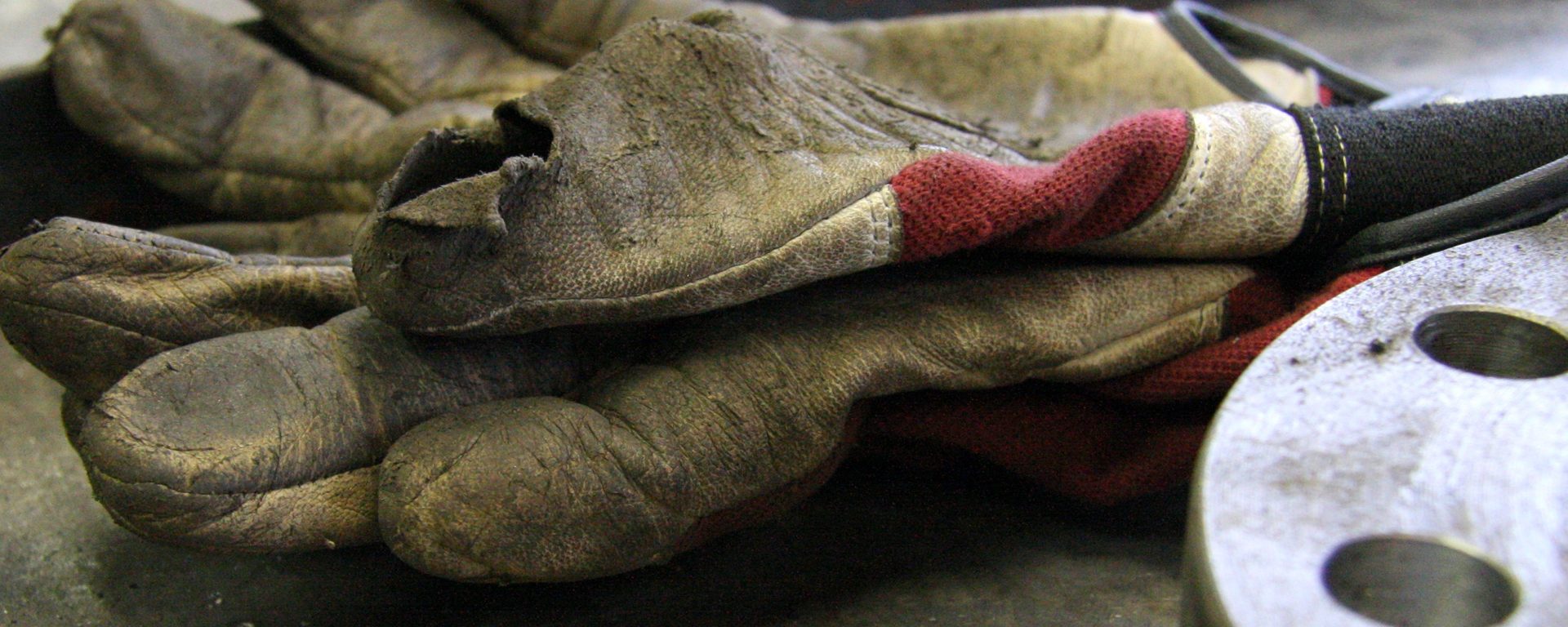The manufacturing industry continues to boom, and with it, there is an increased demand for welders. In fact, the U.S. Bureau of Labor Statistics (BLS) expects the employment of welders to grow significantly over the next decade, adding an average of 50,000 new jobs to the field per year. If you are looking to learn to weld and launch a career, you are in for an exciting, hands-on profession with plenty of opportunities ahead.
As long as our country continues to build new products and roadways, there will always be a need for qualified and well-trained welders. Our nation’s aging infrastructure will require the expertise of welders, cutters, solderers, and brazers to help rebuild bridges, highways, and buildings, alongside new technologies and goods.
If you would like to learn to weld, but do not have the training required to break into the field, you may be looking for ways to get started. In the age of Google, many people try researching this field on their own and learning through online videos, blogs, and other tutorials. Is this the right path for you? Read on, as we explore the best way to learn to weld for those who lack experience and who do not have on-the-job training, as many employers expect.
Finding the Right Path
The internet is full of all kinds of information. It can be a great resource when learning how to hang a picture on your wall, or how to install a set of shelves. When it comes to professional projects, however, a professional training program is typically needed. Homeowners looking to hire an electrician or contractor, for example, are often looking for someone with the skills and experience needed to get the job done right. You would not want someone to install a staircase in your home, or fix a busted pipe, if they only learned by watching YouTube videos.
This same thought process applies to welders. Many manufacturing employers today require a high school diploma, combined with on-the-job training, at a minimum. A postsecondary welding training program, however, can prepare you with the skills needed for your career (and help you stand out among the competition).
In fact, here in Connecticut, employers prefer candidates with some level of college education. A recent survey found that companies have higher satisfaction with workers who have attended postsecondary programs beyond high school. Those in the manufacturing industry believe that some amount of apprenticeship and training is essential to the development of successful manufacturing workers. This applies to welding, too.
If you are looking to break into the manufacturing industry as a welder, you probably want to do so as quickly as possible. So how can you learn to weld without spending a lot of time and money on an education? Consider pursuing a welding certificate program.
A Hands-On Approach
The best way to learn how to weld without on-the-job training – because how can you get on the job before you are qualified for the job? – is through a welding certificate program. Despite popular belief, this doesn’t take years in school. At Goodwin University, we offer a highly career-focused welding program that can be completed in just 8 months. In this short amount of time, you will gain all the skills and knowledge needed to launch a career in welding.
At a career-focused school like Goodwin, prospective welders put their creative thinking to the test and focus on learning the skills that employers today are looking for. They practice on state-of-the-art machinery used in professional welding, and gain the technical training that you need in order to be successful. Courses in this program will teach you how to weld, but will also ensure you have everything you need to set out in the real world, such as:
- Welding safety
- Fabrication
- Common welding methods – including:
- Shielded metal arc welding
- Gas metal arc welding
- Flux core arc welding
- Thermal cutting
Whether you are looking to work in a local repair shop or a large manufacturing company, start your own business or do welding work as a side job, you can gain the skills and hands-on training needed in a welding program. At Goodwin, the high-tech tools used by students include a CDC plasma table and Bluco table.
Once you have gained a certificate in welding, you can take your career to new heights, and, depending on your career goals, you may even move on to a number of other specialties within the manufacturing industry. Many graduates at Goodwin, for example, pursue courses in:
- CNC machining
- Quality management systems
- Manufacturing management
- Mechatronics
- Logistics
- And more!
The sky is the limit for those who learn to weld in a postsecondary training program. Going to school is a great pathway to a career in welding, and it can also set you up for more advanced positions down the road, such as management, if you wish. Gaining a welding certification will give you the edge over other job applicants and will equip you with the skillset needed for your career ahead.
Get Started and Be on Your Way!
Are you ready to jumpstart your career in welding? Contact Goodwin University today to learn about our welding certificate program. Call 800-889-3282 or visit us online to request more information.
Goodwin University is a nonprofit institution of higher education and is accredited by the New England Commission of Higher Education (NECHE), formerly known as the New England Association of Schools and Colleges (NEASC). Goodwin University was founded in 1999, with the goal of serving a diverse student population with career-focused degree programs that lead to strong employment outcomes.

